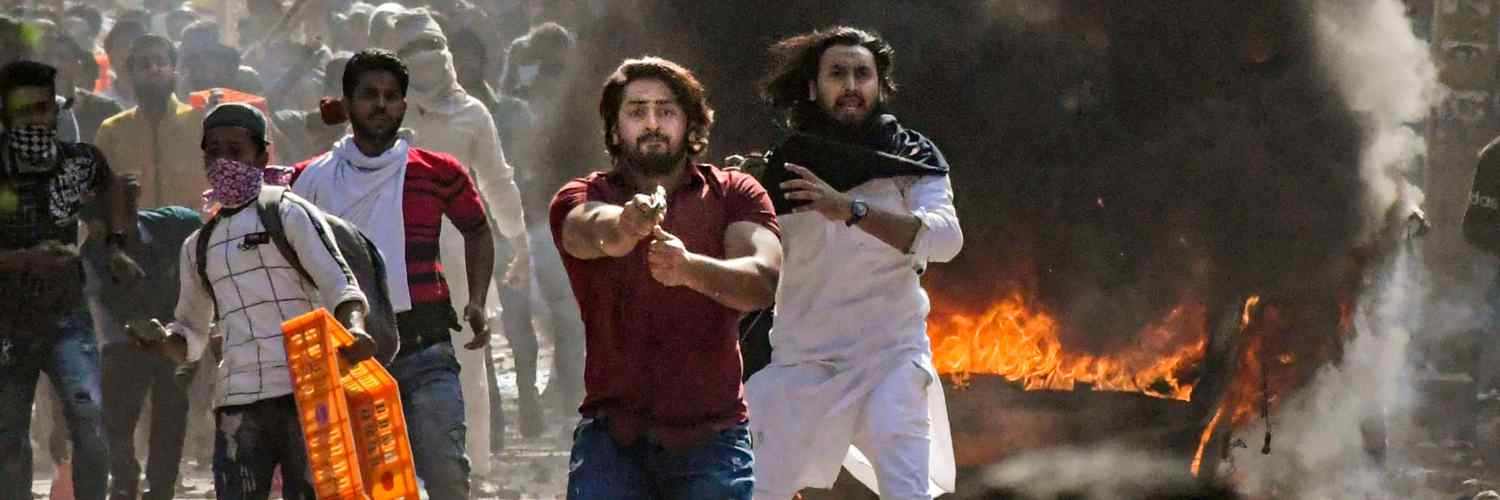In a significant observation, Kerala High Court set aside the criminal case initiated against Rehana Fathima, an activist, for posting on social media a video showing her minor son and daughter doing a painting on her semi-nude body under the hashtag ‘Body Art and Politics.’
Justice Kauser Edappagath noted that the depiction of a woman’s naked body should not be regarded as obscene or sexual always.
After considering the woman’s explanation that the video was created with the intention to challenge patriarchal beliefs and combat the excessive objectification of the female body, the High Court noted that the video does not meet the criteria for being deemed obscene. The woman was charged under Section 13, Section 14, and Section 15 of the Protection of Children from Sexual Offences Act, 2012 (POCSO), Section 67B (d) of the Information Technology Act, 2000, and Section 75 of the Juvenile Justice (Care and Protection of Children) Act, 2015 (JJ Act).
While talking about the principles of body autonomy, the bench made some significant observations related to the double standards prevailing in the society related to male and female bodies.
The bench noted, “The autonomy of the male body is seldom questioned, while the body agency and autonomy of women are under constant threat in a patriarchal structure. The women are bullied, discriminated against, isolated, and prosecuted for making choices about their bodies and lives.”
Justice Edappagath held that there was nothing wrong in a mother allowing her children to use her body as a canvas for painting in order to sensitize them to the idea of seeing nude bodies as normal.
“Painting on the upper body of a mother by her own children as an art project cannot be characterized as a real or simulated sexual act, nor can it be said that the same was done for the purpose of sexual gratification or with sexual intent. To term this innocent artistic expression to be ‘usage of a child in real or simulated sexual act’ is harsh. There is nothing to show that the children were used for pornography. There is no hint of sexuality in the video. In the accompanying message, the petitioner has declared the purpose of the video as to make a political point against the default sexualisation of women’s body,” the bench observed.
The bench added, “The mere sight of the naked upper body of the woman should not be deemed to be sexual by default. So also, the depiction of the naked body of a woman cannot per se be termed to be obscene, indecent, or sexually explicit.The same can be determined to be so only in context.”
Referring to Supreme Court’s observations in Ranjit D. Udeshi, Avareek Sarkar, the bench said, “It is wrong to classify nudity as essentially obscene or even indecent or immoral. This is a State where women of certain lower castes had once fought for the right to cover their breasts. We have murals, statues, and art of deities displayed in the semi-nude in ancient temples run all over the country. Such nude sculptures and paintings freely available in public spaces are considered art, even holy. Even though the idols of all Goddesses are bare-chested, when one prays at the temple, the feeling is not of sexual explicitness but of divinity.”
The bench came down heavily on the double standards in the society and stated, “Body painting on men is an accepted tradition during ‘Pulikali’ festivals in Thrissur, Kerala. When ‘Theyyam’ and other rituals are performed at the temple, painting is conducted on the bodies of male artists. The male body is displayed in the form of six-pack abs, biceps etc. We often find men walking around without wearing shirts. But these acts are never considered to be obscene or indecent. When the half-nude body of a man is conceived as normal and not sexualized, a female body is not treated in the same way. Some people are so used to considering a woman’s naked body as an overly sexualized one or just an object of desire. There is another dimensional view about female nudity- that is, female nudity is taboo because a naked female body is only meant for erotic purposes. The intention of the petitioner in making and uploading the video was to expose this double standard prevailing in society.”
Section 9(n) read with Section 10 applies when a person, who is a relative of the child, commits a sexual assault against the child. It should be noted that the presence of sexual intent is essential for the application of Section 7 of the POCSO Act, which defines ‘Sexual Assault’ and consequently, for Section 9.
After examining the video, the Court concluded that it portrayed the petitioner’s children engaged in painting on her body “with remarkable focus and professionalism.” The Court considered the accompanying message provided with the video, as well as the petitioner’s extensive record as an activist fighting against patriarchal norms and the hyper-sexualization of women in society. The Court emphasized that the context in which the video’s contents should be assessed was crucial. Furthermore, the Court observed that there was no evidence or claim from the petitioner’s children that they were sexually exploited in any manner, nor was there any indication that the petitioner allowed body art on her body with any sexual motive.
The bench noted, “Every parent tries their best to teach their children all about life. Every parent has the right to raise their children in the manner they wish. Children do not inherently grow up thinking that any action is right or wrong unless it is impressed upon them as such.”
Thus the offence under Section 9(n) r/w 10 of the POCSO Act would not be attracted in the instant case.
The bench stated that Section 13(b) which is punishable under Section 14 would not be in the present case as it can only be attracted when a person uses a child in any form of media for the purpose of sexual gratification.
The bench added, “From the said allegation, it is not possible for anyone to infer or impute that the children were used for any real or simulated sexual acts, that too for sexual gratification. The petitioner only allowed her body to be used as a canvas for her children to paint on. The right of a woman to make autonomous decisions about her body is at the very core of her fundamental right to equality and privacy. It also falls within the realm of personal liberty guaranteed by Article 21 of the Constitution.”
While referring to Section 15 which specifies the punishment for the storage of child pornographic material, the bench stated that the children in the video were not naked. The bench observed that the children were only participating in a harmless and creative activity and there was nothing in the video which is pornographic.
The bench also talked about whether the offences under Information Technology Act would be attracted or not. Justice Edappagath stated that the act in question would have to be sexually explicit, obscene or indecent which is not the case here.
The bench noted, “A video that was made to protest against the default sexualisation of the female naked upper body must necessarily show that naked body to convey the intention in making and uploading the video. Such a depiction of nudity cannot make the material legally obscene or indecent. There is absolutely no reason to believe that an ordinary man viewing the video would become depraved, debased and encouraged to lasciviousness. In the strict sense, the petitioner did not show her bare chest, as the body paint covered her breast. It can never arouse any sexually explicit feeling in the mind of a prudent man.
That apart, the video must be appreciated in the background in which it was made and in the light of the message it wanted to convey, that is, there needs to be nothing sexual or offensive about the naked female body. When viewed from that angle, it cannot be said that the video is obscene or indecent merely because it depicts the naked upper female body of the petitioner. As rightly reasoned by the petitioner in the write up attached to the video, just as beauty is in the eyes of the beholder, so is obscenity.”
The offence under Section 75 of the Juvenile Justice Act would also not be attracted as there was no assault or abandonment of the child as required under the provision.
While setting aside the impugned order, the bench said, “In conclusion, I have no hesitation in holding that the final report does not support or even draw a prima facie case for any of the statutory offences as alleged. The Court below completely overlooked the context in which the video was published and the message it had given to the public at large. There is no sufficient ground for proceeding against the petitioner.”
The petitioner had filed an application in the lower court for discharge citing the reason that there is no sufficient ground to proceed against her. Her application was dismissed after which she approached the High Court.
The petitioner’s counsel argued that in order to fully understand the video, it must be viewed alongside the accompanying message. The message clarified the petitioner’s intention to promote body positivity and discourage distorted ideas of sexualization among children. Furthermore, the petitioner aimed to challenge the societal double standard that sexualizes the female body while treating the male body differently. The counsels contended that there were insufficient grounds to proceed against the petitioner and that body art in the form of nudity falls under the protection of Article 19(1)(a) and Article 21 of the Constitution, which safeguard freedom of expression and personal liberty, respectively.
Contrarily, the Senior Public Prosecutor, T.V. Neema, argued that the video depicted a sexually explicit act involving a child. The prosecutor claimed that the petitioner’s minor son was made to touch her breast and other parts of her body to draw a picture, and the petitioner’s posture and gestures indicated sexual intention and gratification. The prosecutor further asserted that when the law specifically prohibits certain uses of children, such acts cannot be justified under the guise of protest.






